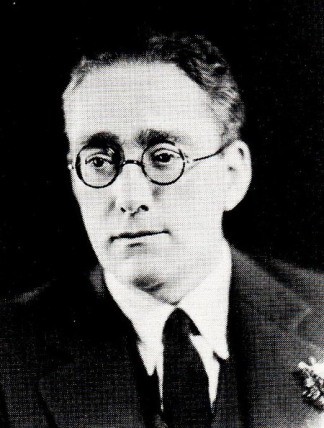
Paul Iribe
About
He was born Paul Iribarnegaray in Angouleme, France in 1883. Iribe was educated in Paris. He studied at the College Rollin as well as the Ecole des Beaux Arts from 1908 to 1910 where his companions included George Barbier and his cousin Pierre Brissaud, as well as Monvel, Besnard, Georges Lepape and George Martin. All became famous illustrators later on.
In his early twenties, he became an apprentice printer at Le Temps newspaper. From 1900, he submitted illustrations to such French satirical papers as Rire, Sourire, and L'Assiette au beurre.
He became famous in 1908 as an illustrator of fashion, when Paul Poiret, who was looking for an artist to present his clothes in an original manner, asked him to compile a promotional publication. The resulting brochure "Les Robes de Paul Poiret" was widely influential both in terms of fashion and of illustrative style. The illustration on the right is from that brochure of 1908.
He set up his own studio in Paris, where he produced designs for fashion, furniture, fabrics and wallpapers.
Iribe's illustrations were clean, crisp and balanced. He kept background objects to a minimum and concentrated on the stylish outline and witty detail of the garments.
A contributor to Vogue and Femina, Iribe also designed advertisements for the house of Paquin and Callot Sisters, designed perfume bottles, fabrics for the textile giant Bianchini-Ferier as well as furniture and interiors.
From 1914, Iribe spent six years in Hollywood, working on film costumes and theatrical interiors for Paramount Film Studio. He worked for Cecil B. De Mille. He returned to Paris in 1920.
Paris in the early 20's was full of poets, painters, composers, designers, decorators and of course artists. Paul Iribe mixed with and enjoyed the company of Jean Cocteau and many others.
The Gazette du Bon Ton was a witty, sophisticated art and fashion magazine published monthly from 1911 until 1925 when it was merged with Conde Nast's Vogue. The Gazette attracted some of the best artists of the time, including Iribe who contributed clear, stylish fashion plates along with Barbier, Bakst, Benito, Drian, Lepape and many others. Some of the best examples of his work date from that time.
Paul Iribe divided the time till his death in 1935, between contributing satirical illustrations to the weekly political paper Le Temoin and designing jewellery for Chanel.
He died in 1935 at the age of 52.